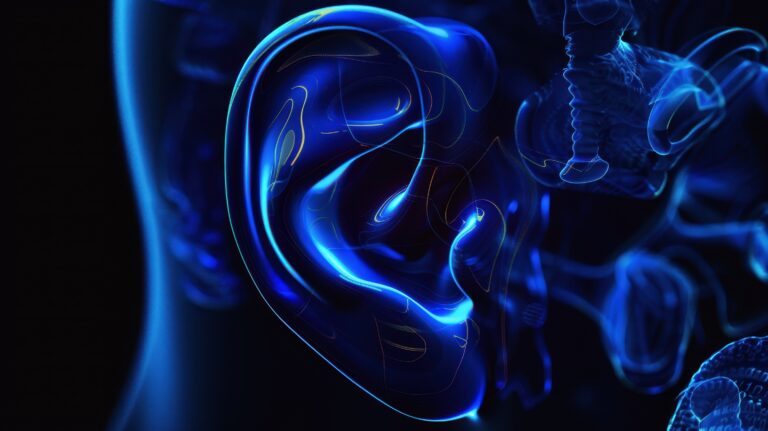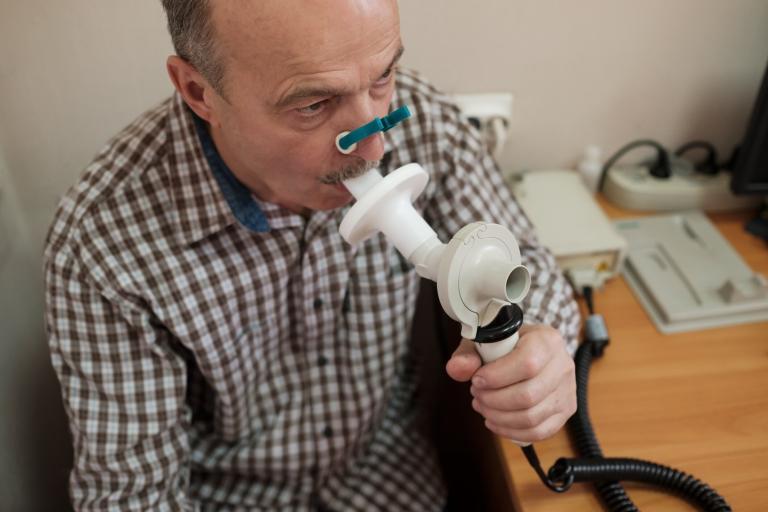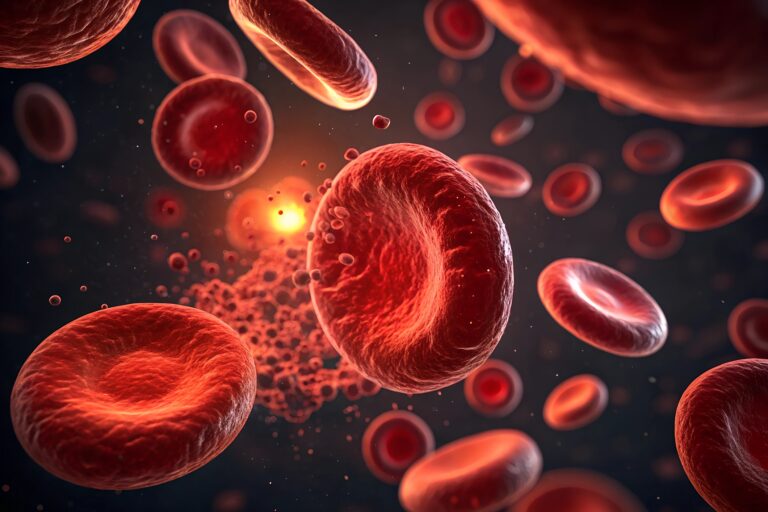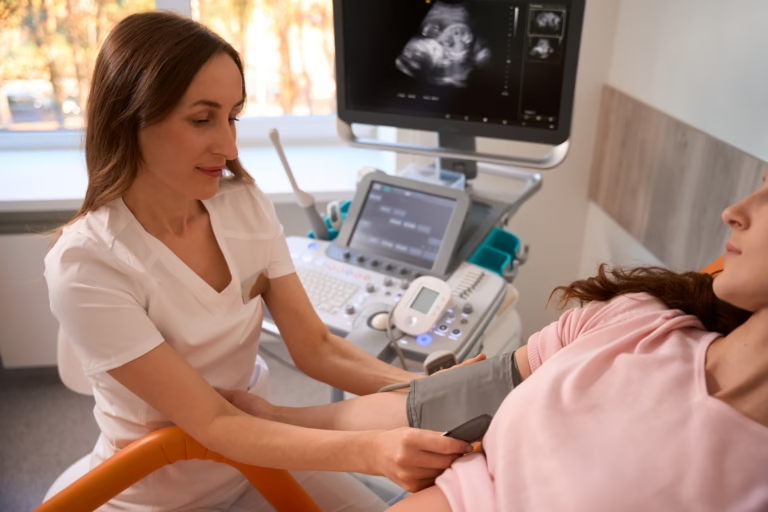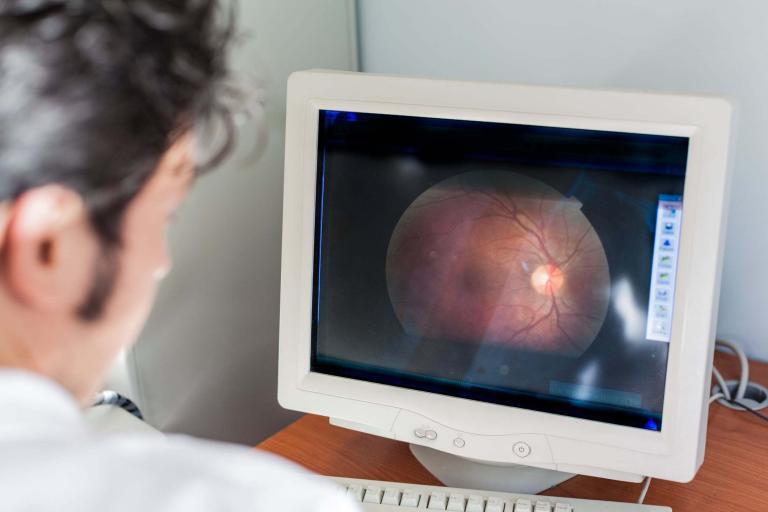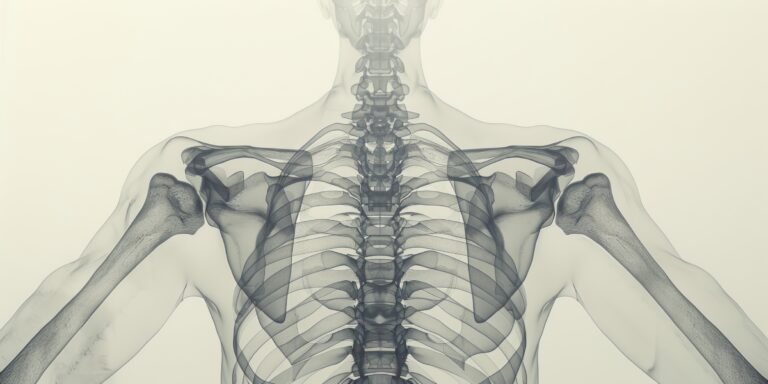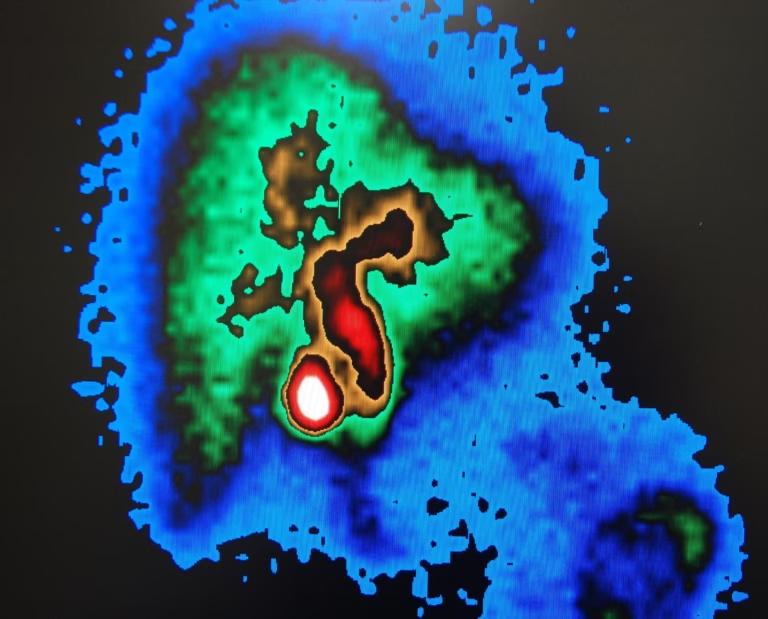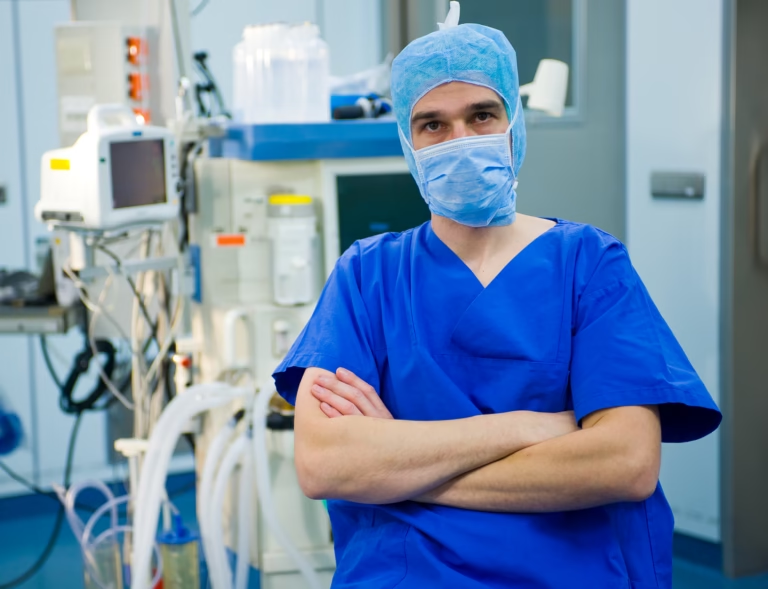Human Anatomy
Medical human anatomy is the study of the structure of the human body, which involves the dissection and examination of cadavers to understand the relationships between organs, tissues, and other structures. The study of anatomy is critical for medical professionals such as physicians, surgeons, and nurses, as it provides a deep understanding of the body’s structures and functions, allowing them to diagnose and treat diseases and injuries more effectively. Human anatomy can be divided into sub-disciplines: gross anatomy, histology, embryology, and neuroanatomy. Gross anatomy, the most common type, involves studying large body structures that can be seen with the naked eye, such as organs, bones, and muscles. Histology, on the other hand, involves the study of tissues and cells that make up the body’s structures. Finally, embryology focuses on the development of the human body from conception to birth. In contrast, neuroanatomy studies the structures and functions of the nervous system. The study of human medical anatomy provides an essential foundation for medical education. Medical students begin their training with an in-depth analysis of the human body’s structures and functions, including its organs, tissues, and cells. Next, they learn about the body’s systems, including the respiratory, cardiovascular, digestive, and nervous systems, as well as the musculoskeletal system, which includes the bones, muscles, and joints. In addition to its importance in medical education, studying human anatomy has contributed significantly to medical research and advancements in healthcare. For example, advances in medical imaging technology, such as computed tomography (CT) scans and magnetic resonance imaging (MRI), have allowed physicians to view the body’s internal structures in unprecedented detail, improving the accuracy of diagnoses and treatments. Studying human anatomy has also played a critical role in developing surgical techniques and procedures. For example, surgeons need a deep understanding of the body’s structures and functions to perform complex organ transplants and reconstructive surgeries. In conclusion, human medical anatomy is a critical field of study for medical professionals, providing a deep understanding of the body’s structures and functions. Its importance extends beyond medical education, contributing to medical research, technological advancements, and improvements in healthcare. The study of human anatomy will continue to play a vital role in medical education and research and will likely lead to future healthcare advancements.
You are here:
home » Medical Human Anatomy

